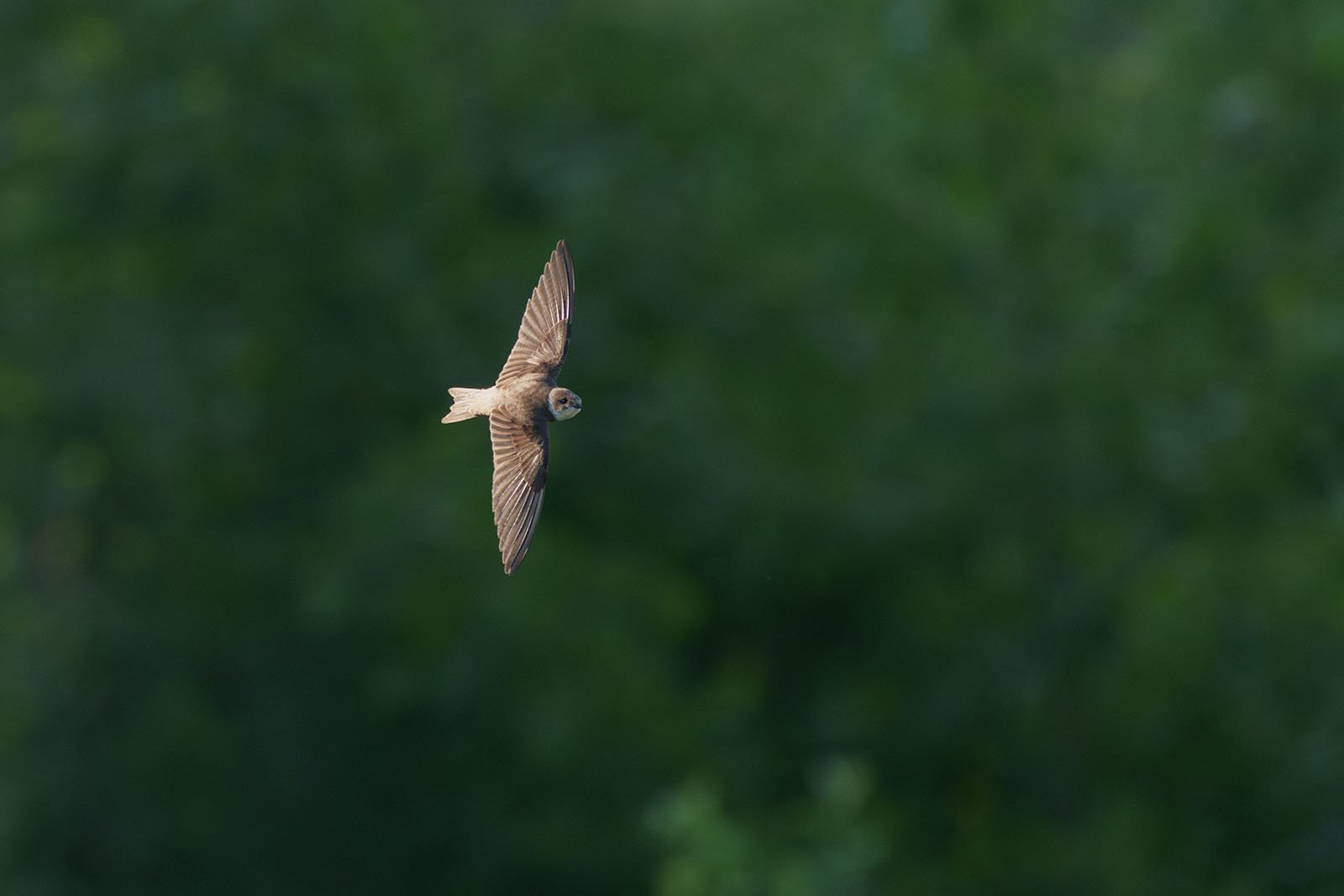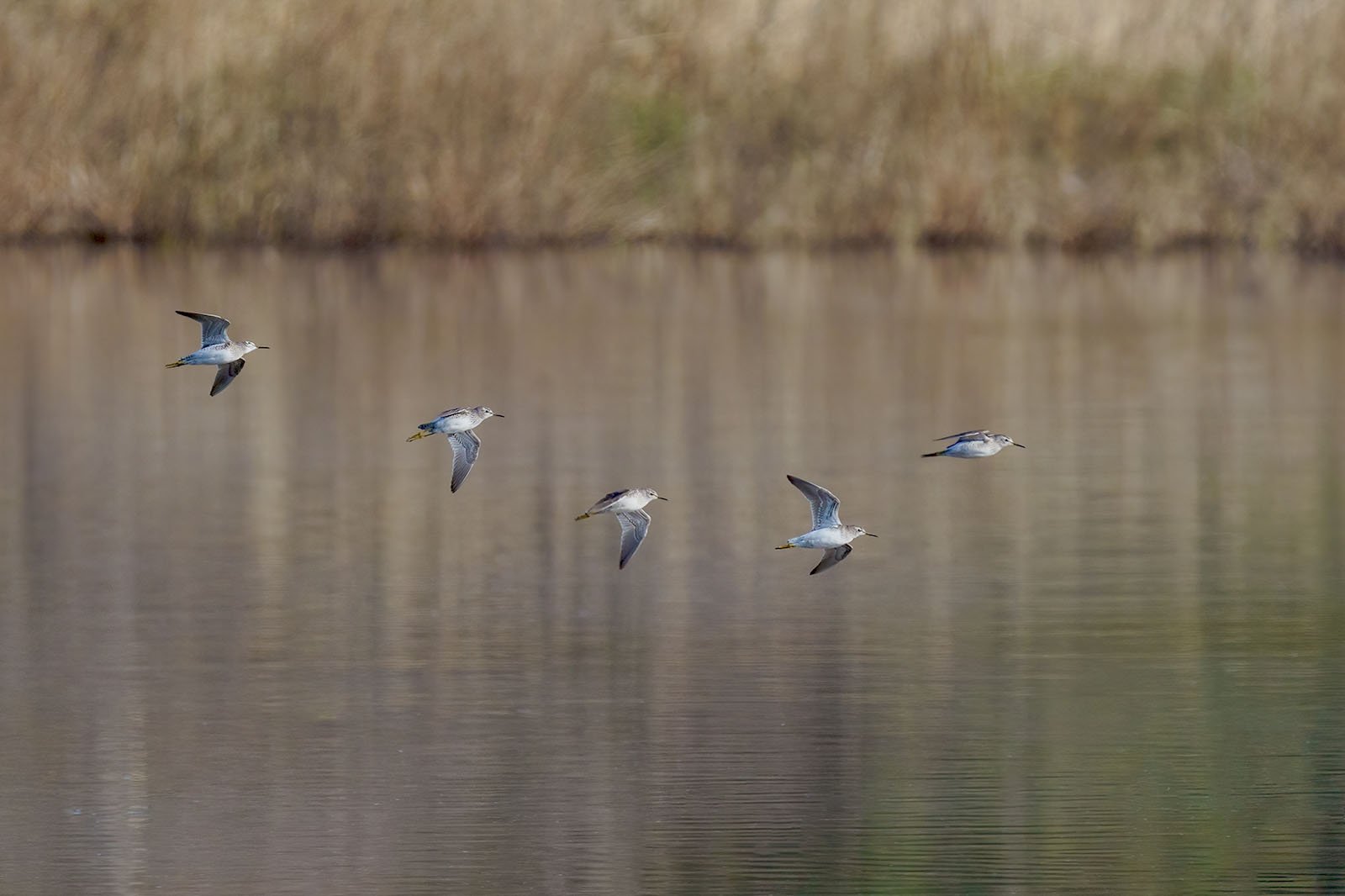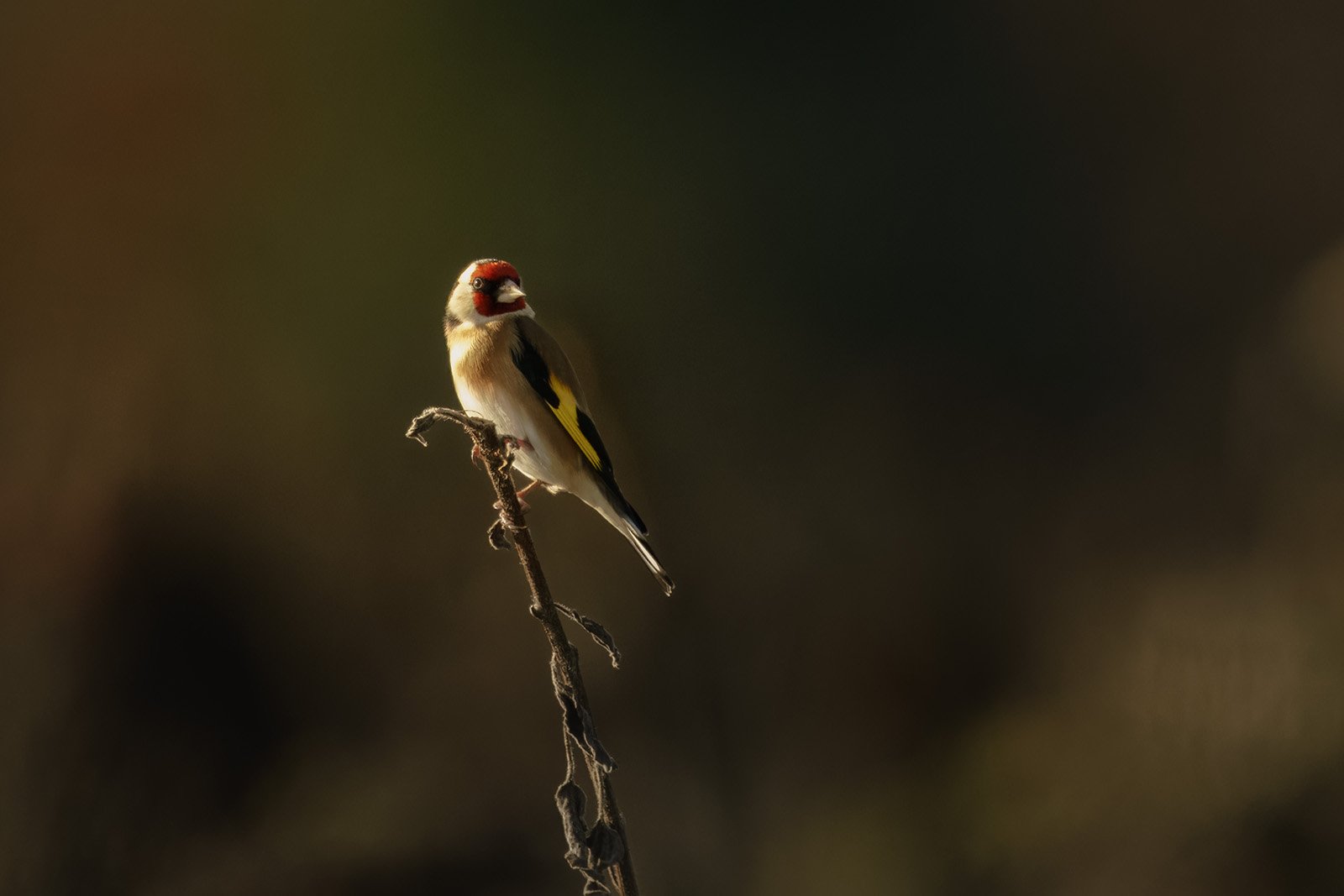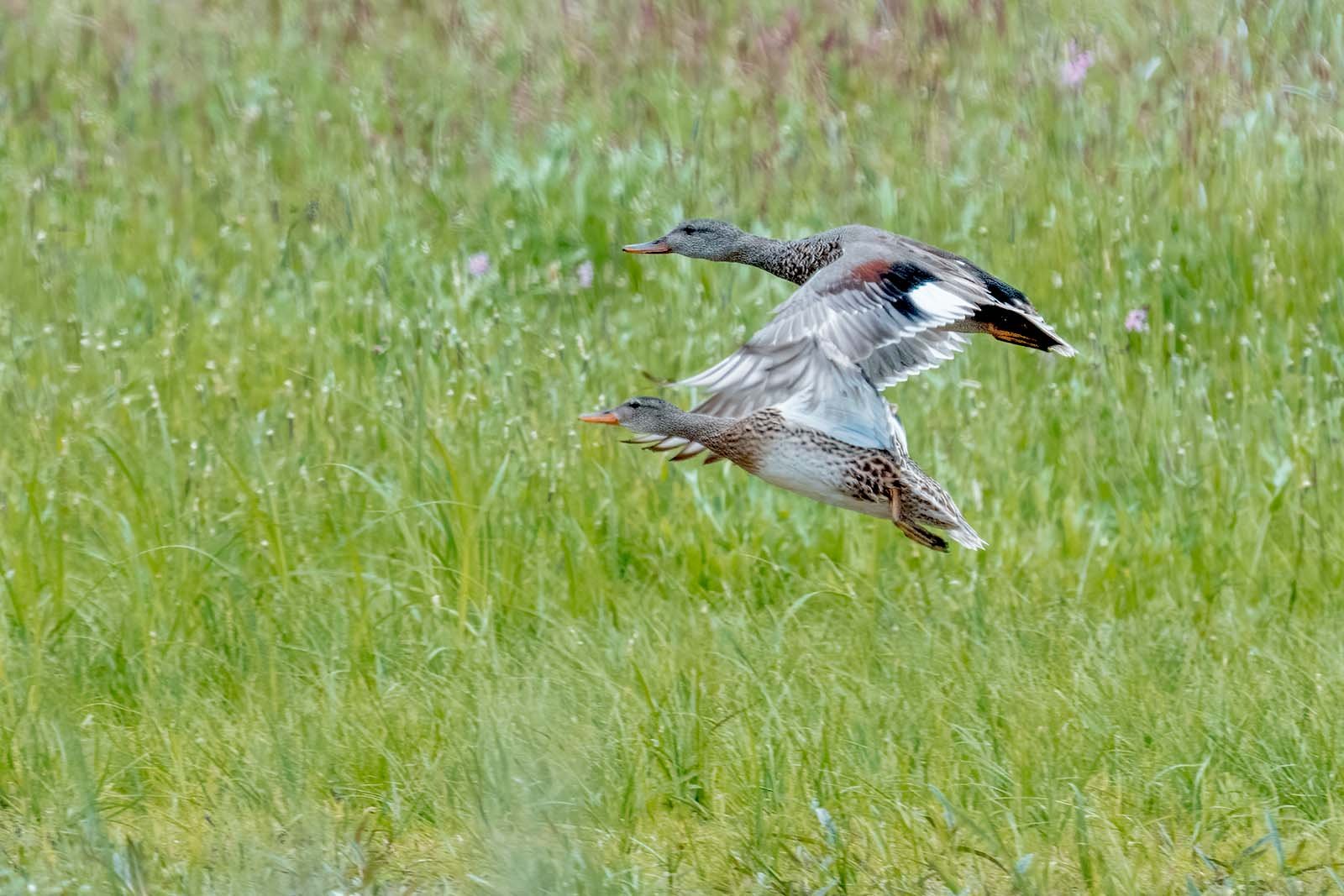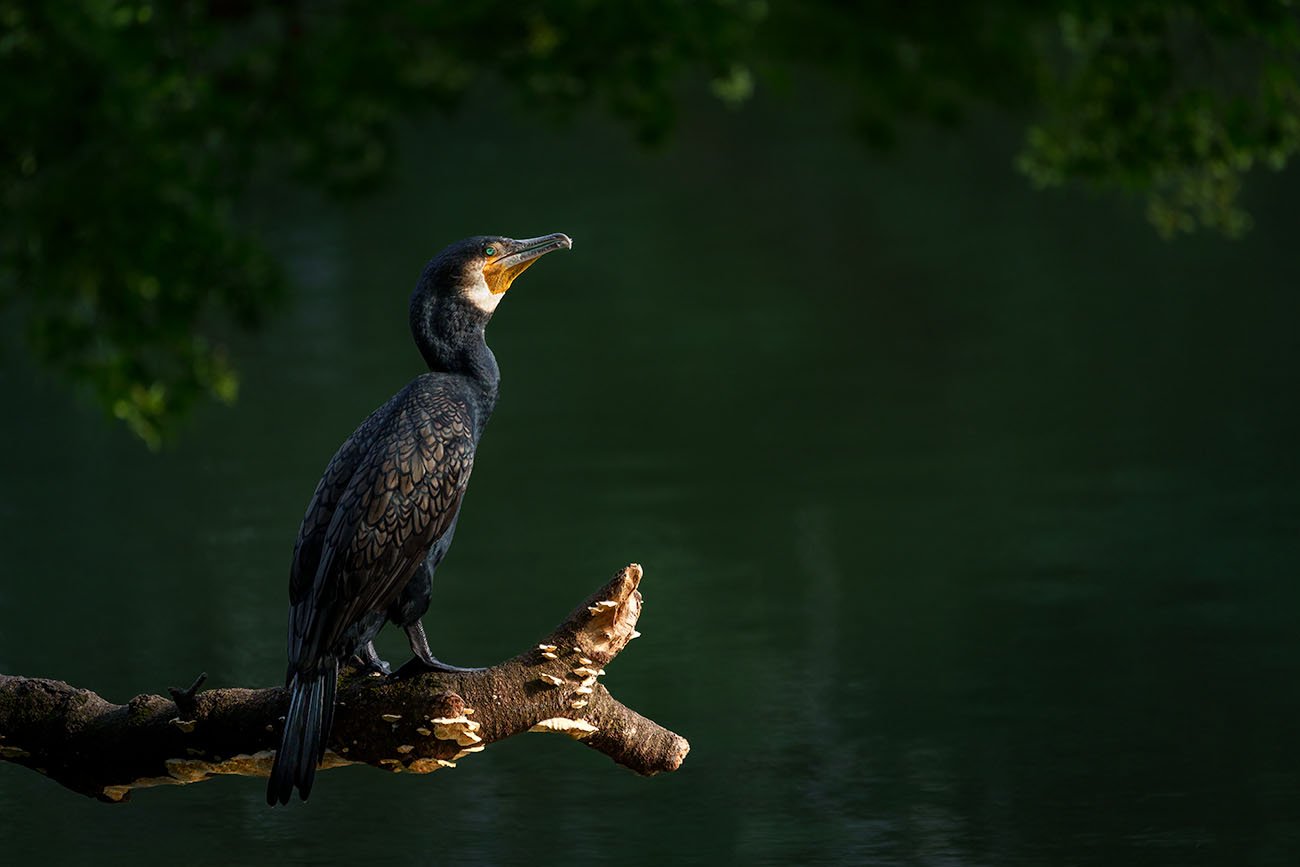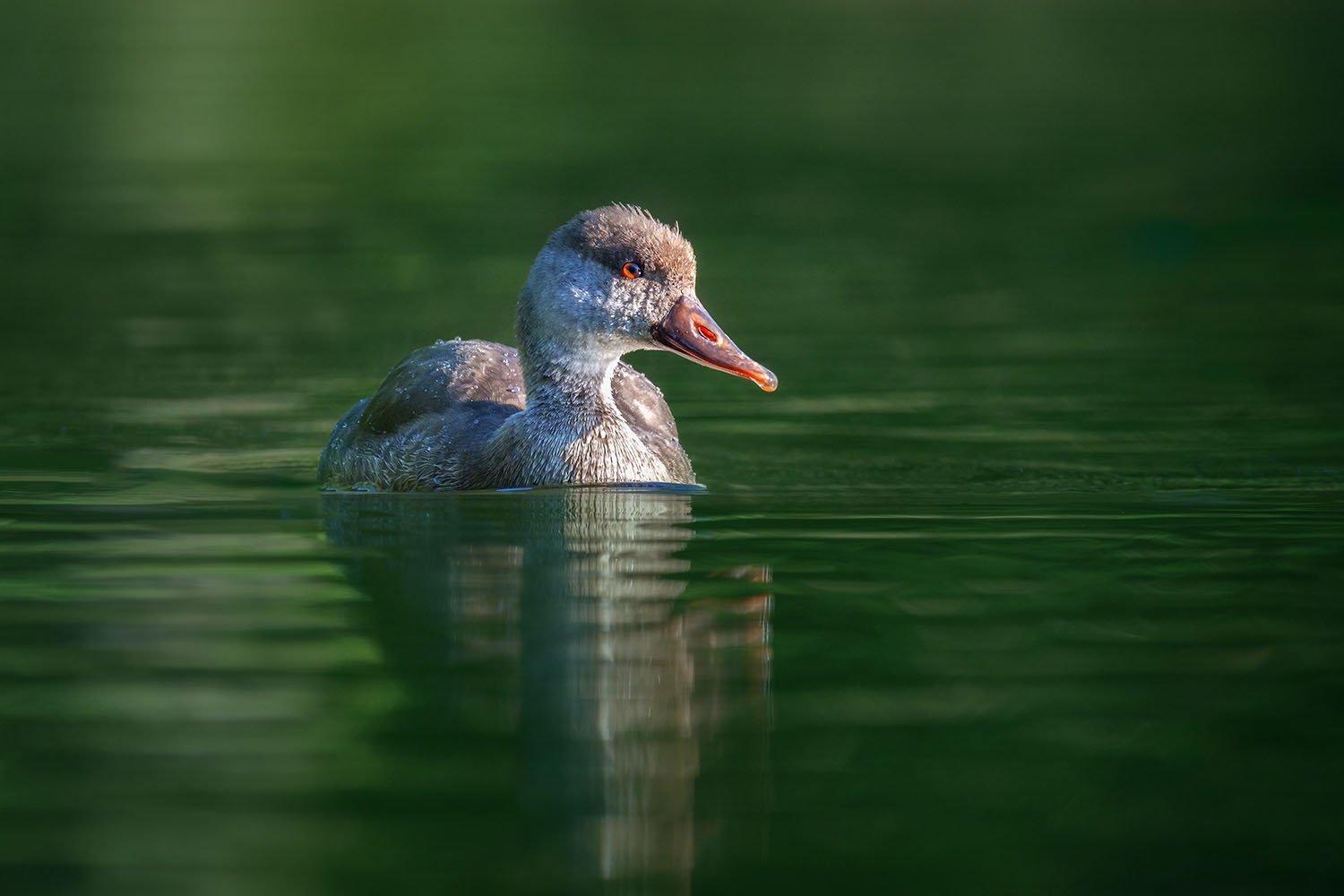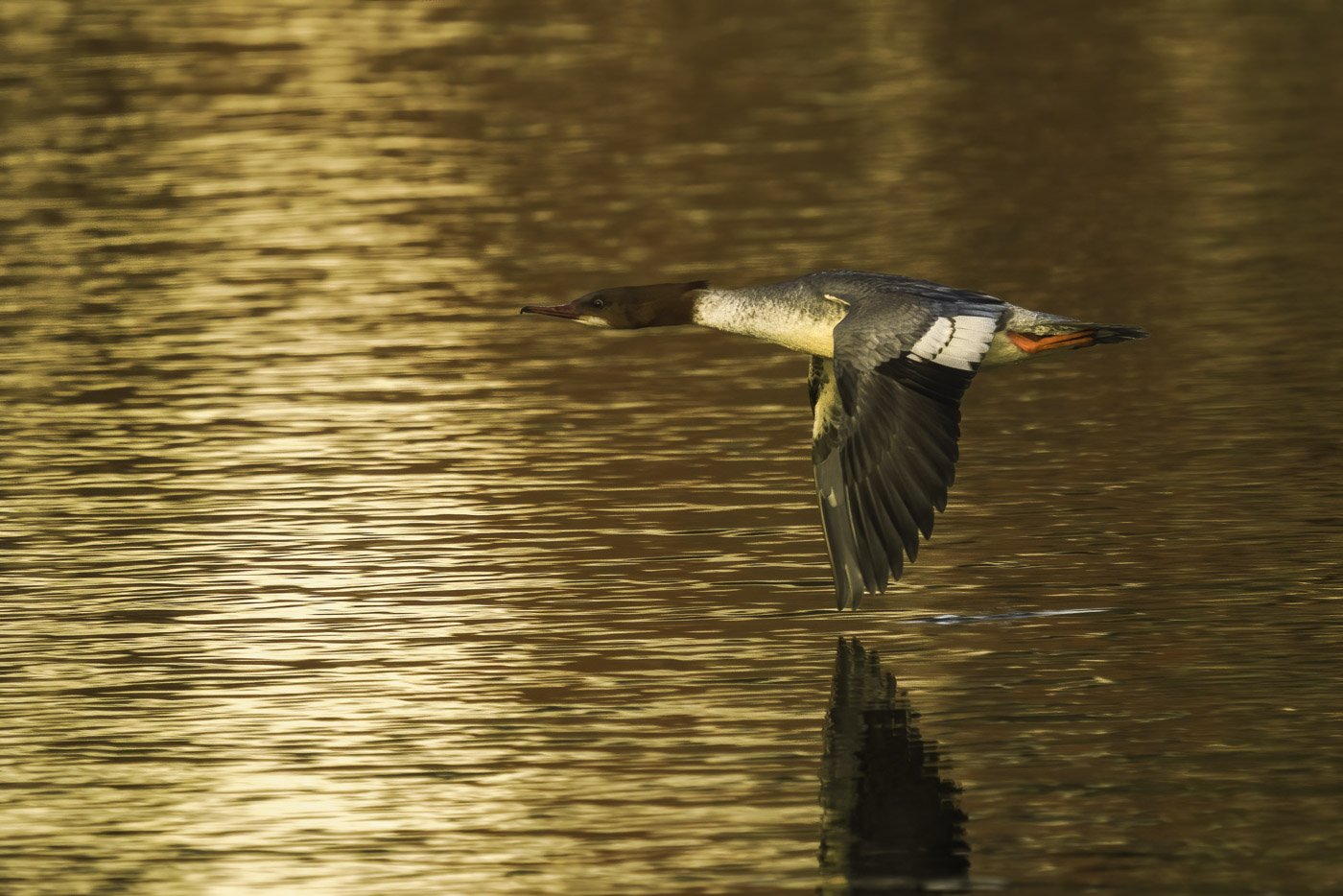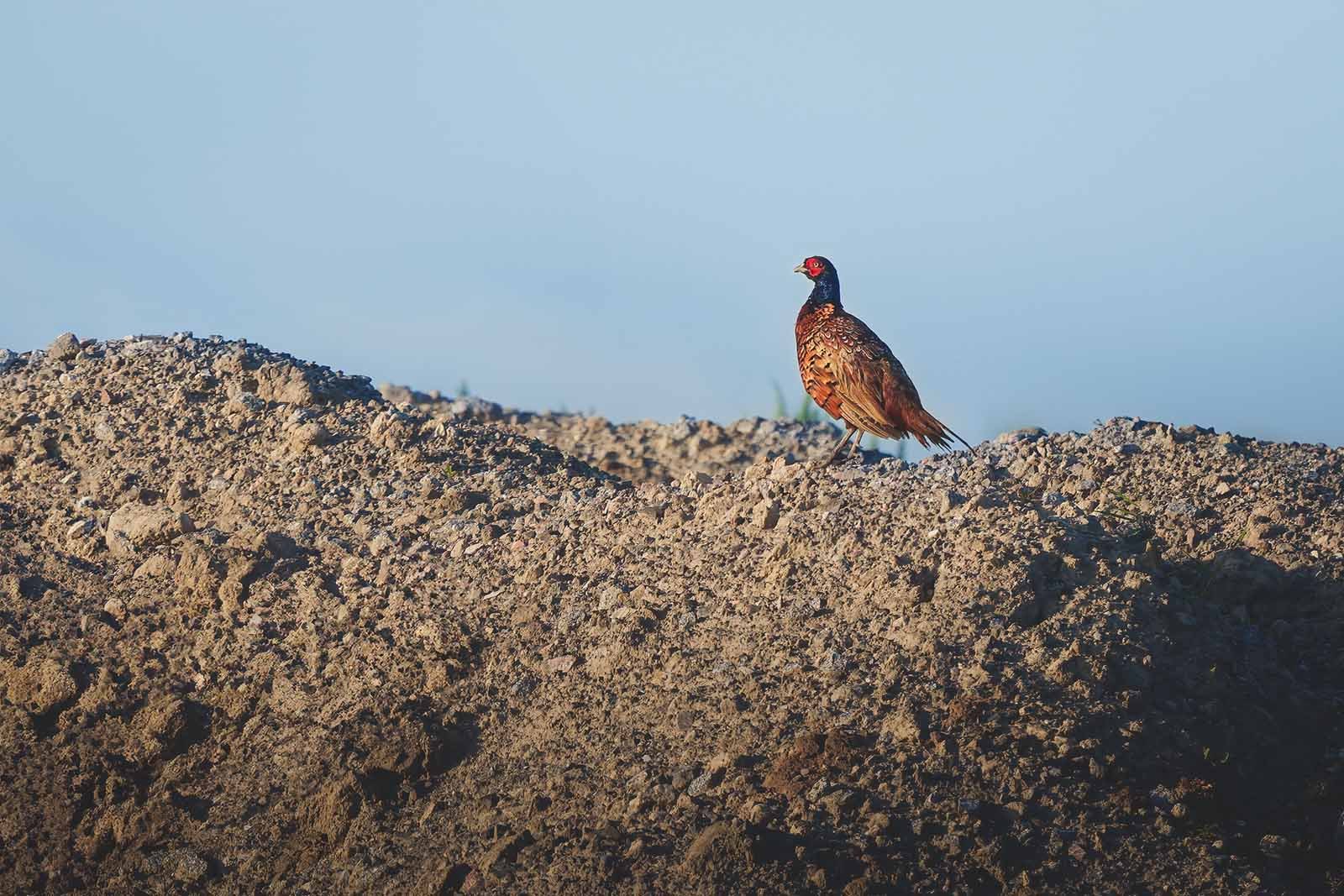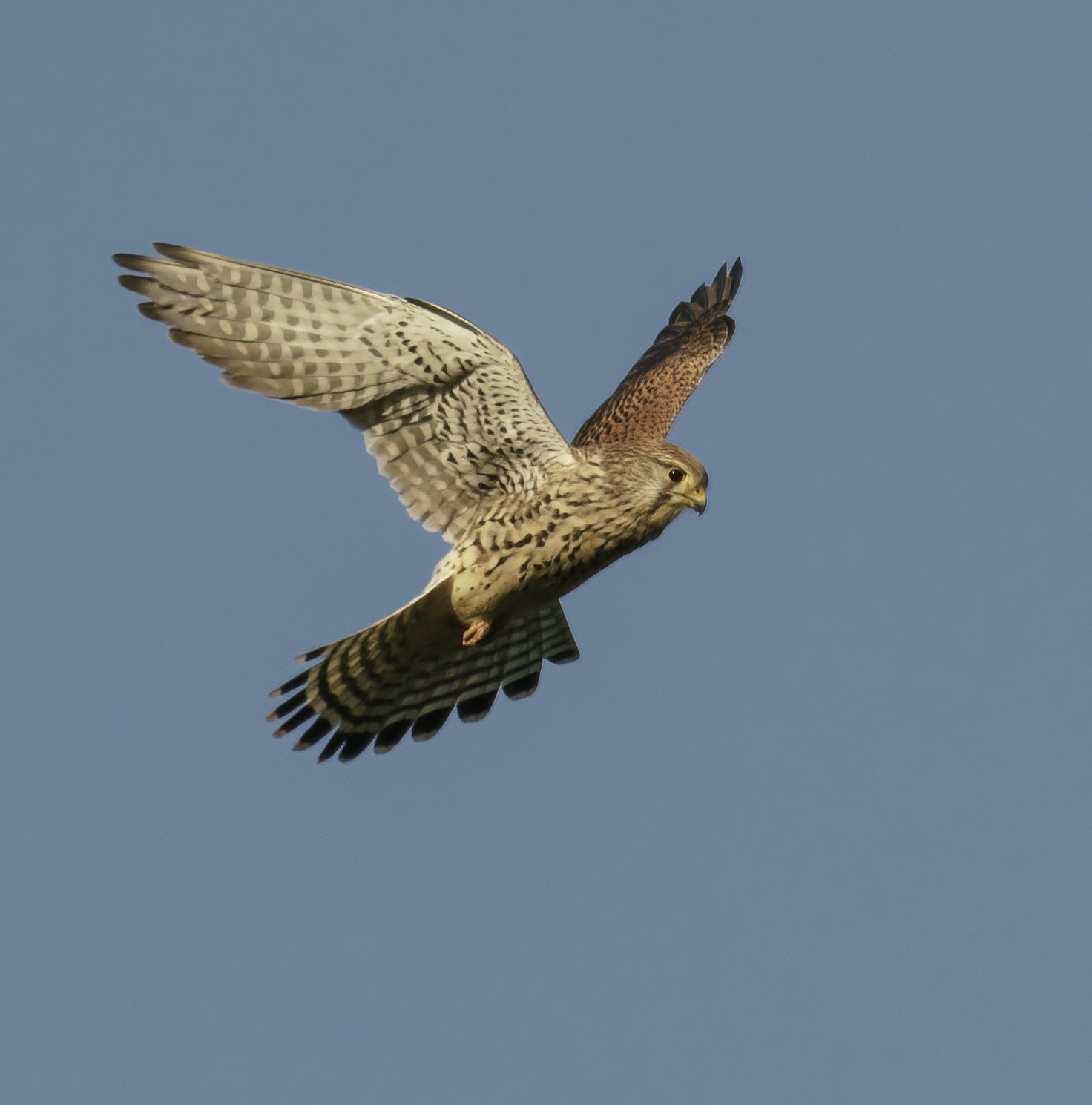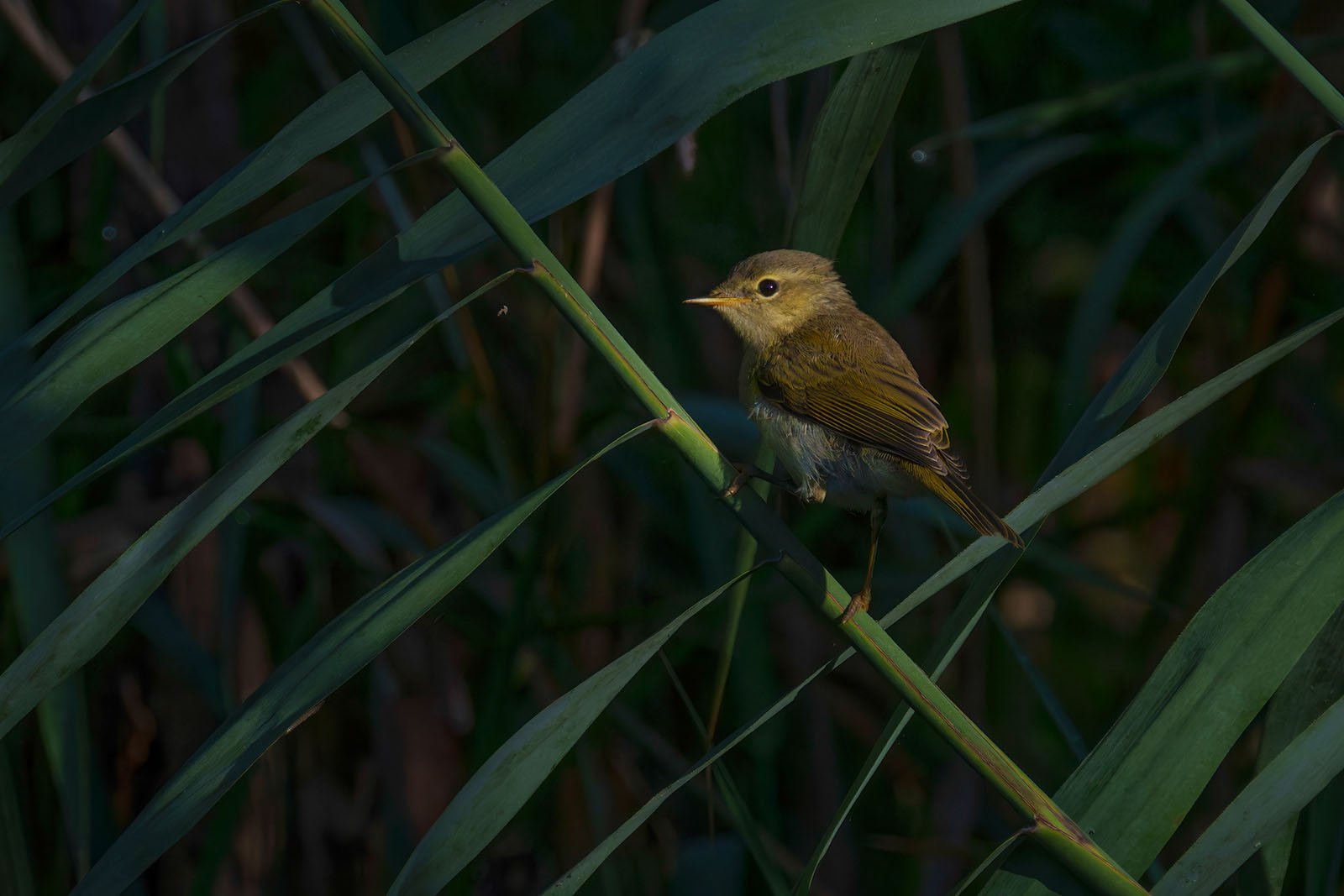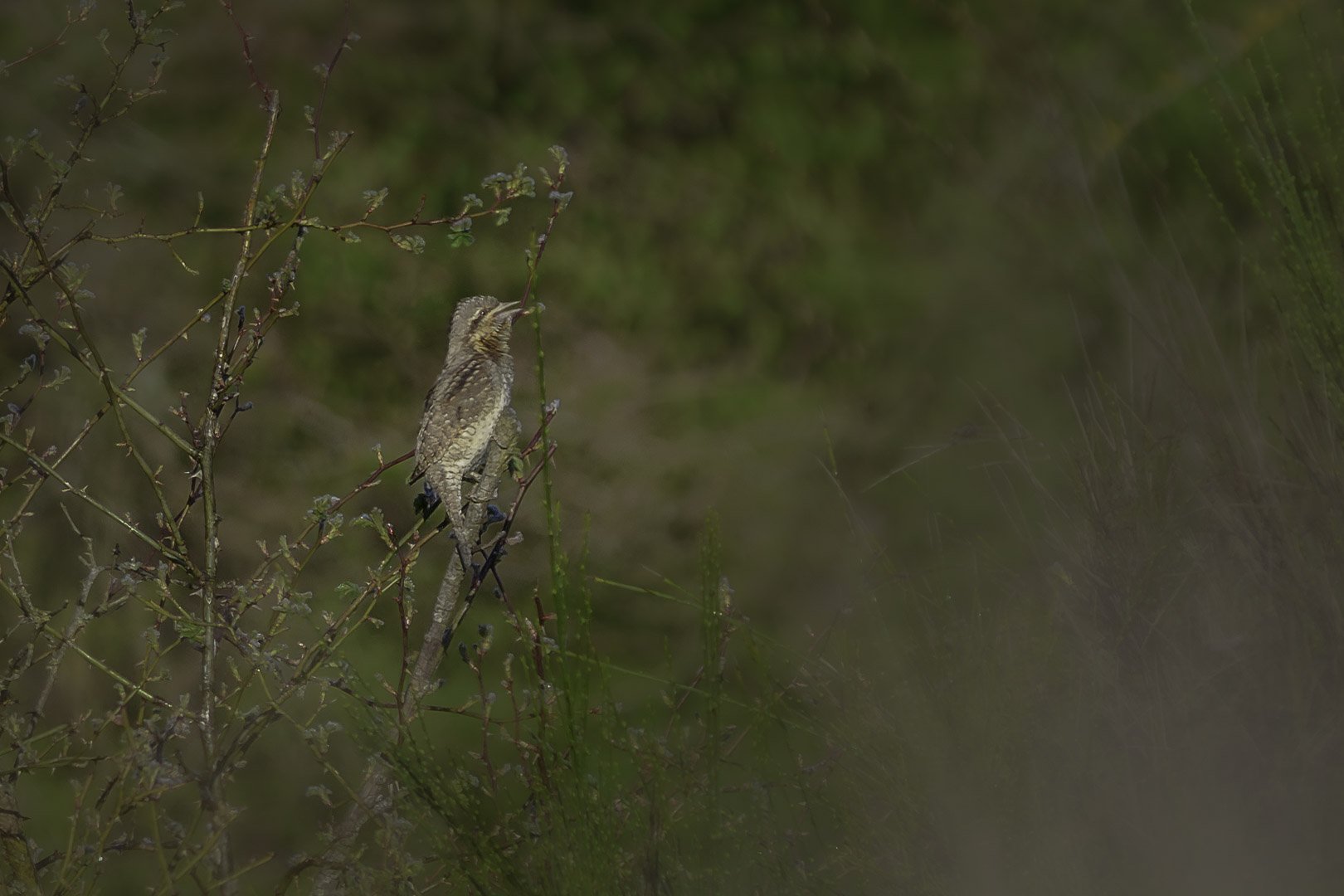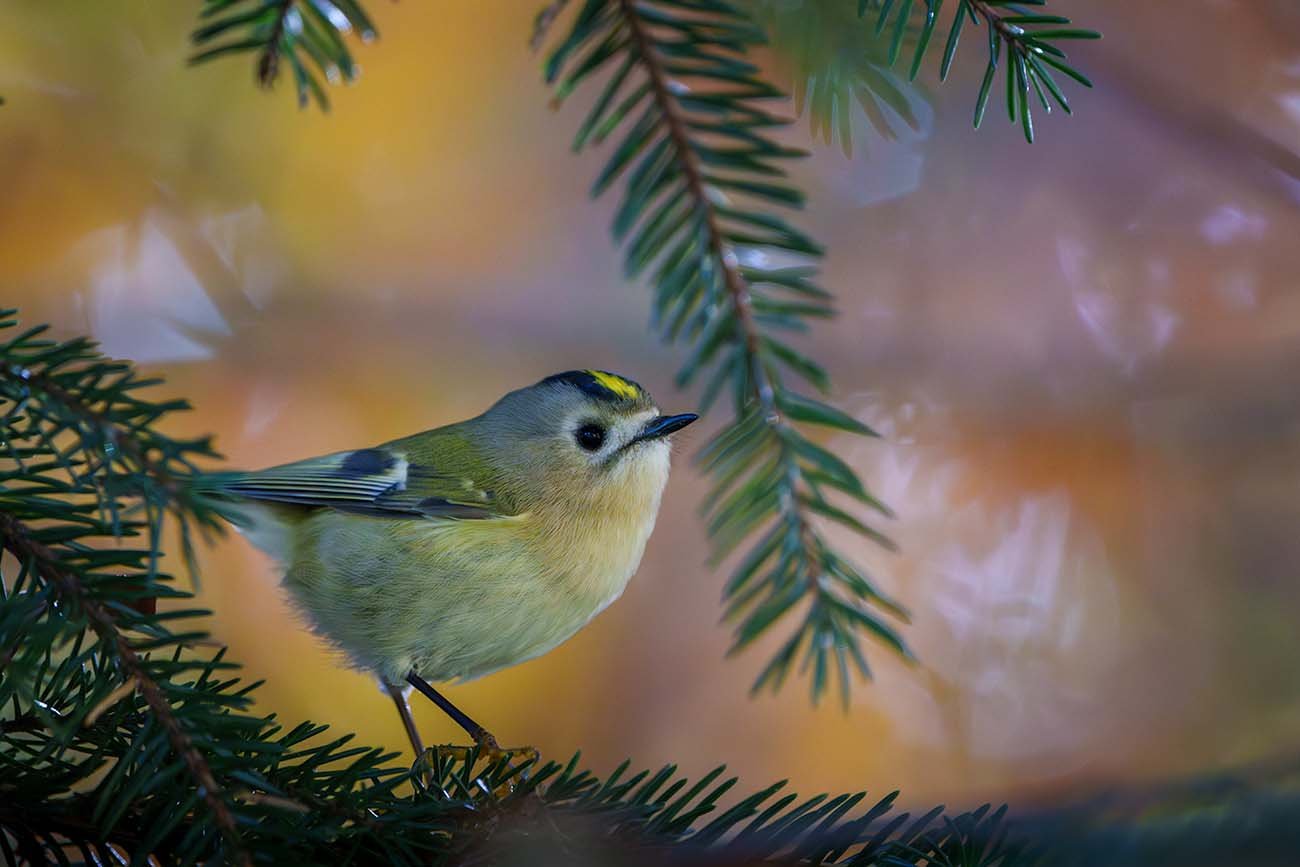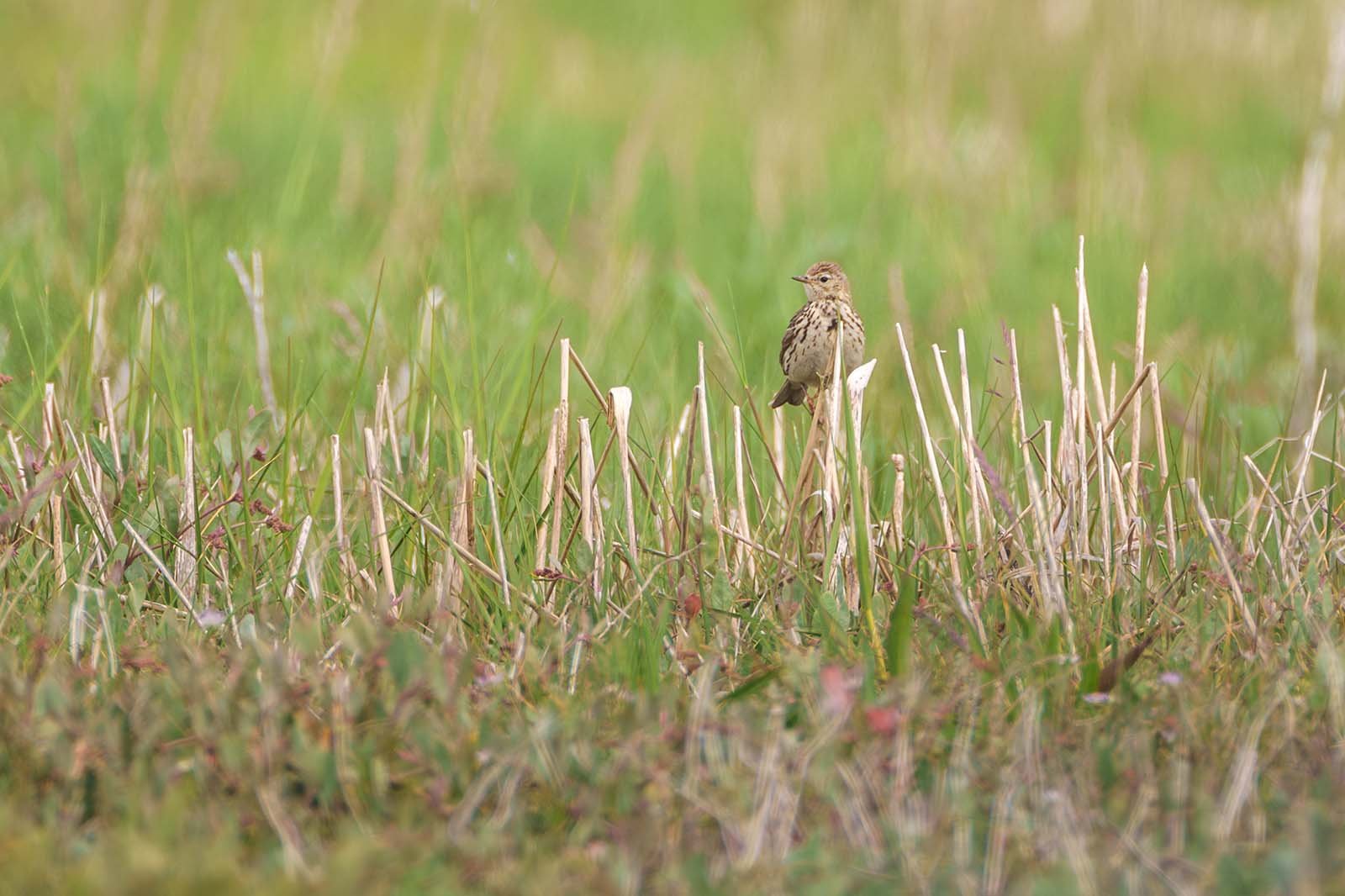Sand Martin (Riparia riparia)
Sand martin (Riparia riparia)
Sand Martin: The Colony-Dwelling Bird with a Distinctive Breast Band
The Sand Martin, small and agile, breeds in colonies along sandy banks. Learn all about its behavior, appearance, and migration to Africa.
Shortlist
- The Sand Martin (Riparia riparia), at 12–13 cm, is one of the smallest swallow species.
- Primary diet: flying insects and airborne spiders.
- Distinctive features: brown upperparts, white underparts, and a dark breast band.
- Habitat: sandy riverbanks, coastal cliffs, and gravel pits near water.
- Breeds in colonies, digging horizontal nesting tunnels up to 1 meter long.
Key Facts
- Scientific Name: Riparia riparia
- Size: 12–13 cm
- Weight: Not specified
- Habitat: Sandy riverbanks, coastal cliffs, gravel pits
- Diet: Flying insects such as flies, midges, mosquitoes, and spiders
- Seasonality: Breeds in Europe, winters in Africa
- Nest: Horizontal nesting tunnels in sandy banks
Table of Contents
- Introduction: A Colonial Bird with a Taste for Adventure
- Appearance and Characteristics
- Habitat and Distribution
- Diet: Agile and Hungry for Insects
- Reproduction: Digging Tunnels for Breeding
- Behavior: Flight Patterns and Life in Colonies
- FAQ: Frequently Asked Questions About the Sand Martin
1. Introduction: A Colonial Bird with a Taste for Adventure
The Sand Martin (Riparia riparia) is a fascinating member of the swallow family, easily recognized by its small size and distinctive brown breast band. Despite its delicate appearance, this bird undertakes a monumental journey each year, migrating from Europe to Africa for the winter.
True to its name, the Sand Martin is most commonly found along sandy riverbanks, coastal cliffs, or gravel pits. These unique habitats are ideal for nesting, as the birds dig horizontal tunnels in sandy walls to raise their young. Known for their sociable nature, Sand Martins breed in colonies that can range from a few dozen to hundreds of pairs.
2. Appearance and Characteristics
At just 12–13 cm, the Sand Martin is one of the smallest swallows. Its subtle coloration helps it blend into its sandy surroundings, but its dark breast band is a key identifying feature.
Distinctive Features
- Plumage:
The upperparts are plain brown, providing excellent camouflage against sandy cliffs. The underparts are white, divided by a dark brown breast band. Juveniles often show faint rust-colored edges on their feathers, which fade as they mature. - Beak: Short, slender, and dark – perfect for catching tiny flying insects.
- Eyes: Dark and understated, blending seamlessly into its facial markings.
- Flight Style: Flutters and glides in an agile, erratic manner, which distinguishes it from other swallows.
The Sand Martin’s vocalizations include a series of rough, twittering calls, often heard as they gather in colonies or hunt for insects in flight.
3. Habitat and Distribution
The Sand Martin is highly specialized in its habitat needs, relying on sandy or eroded cliffs near water to build its nests.
Distribution
- Breeding Season: During summer, the Sand Martin breeds across Europe, favoring sandy riverbanks, steep coastal cliffs, and gravel pits.
- Wintering Grounds: In autumn, large flocks migrate to sub-Saharan Africa, where they spend the winter in savanna regions.
Preferred Habitats
- Sandy riverbanks with steep walls for nesting
- Coastal cliffs
- Inland gravel pits near water
- Open areas with abundant flying insects
Unlike other swallows, the Sand Martin is closely tied to water, as these habitats provide both nesting opportunities and a plentiful supply of insects.
4. Diet: Agile and Hungry for Insects
As a highly skilled aerial hunter, the Sand Martin feeds almost exclusively on small, flying insects. Its agility in the air allows it to catch even the smallest prey with ease.
Main Diet
- Flying Insects: Flies, midges, mosquitoes, and other small insects are the Sand Martin’s primary food source.
- Spiders: Occasionally consumes spiders, particularly those that are stirred up into the air.
Sand Martins often hunt over water or open fields, using thermal air currents to soar and conserve energy while catching their prey.
5. Reproduction: Digging Tunnels for Breeding
The Sand Martin’s nesting behavior is unique among swallows, as it relies on sandy or loose soil to excavate horizontal tunnels. These nests provide a safe environment for raising their young.
Nesting
- Site Selection: The male selects a suitable nesting site, often in a sandy riverbank or gravel pit.
- Tunnel Construction: Both parents work together to dig a tunnel up to 1 meter deep, ending in a small chamber where the eggs are laid.
- Colony Nesting: Sand Martins breed in colonies, with dozens or even hundreds of nests clustered together.
Breeding Season
The female lays multiple eggs, which she incubates in the nesting chamber. Both parents feed the chicks, which grow rapidly and fledge after just a few weeks. Old nesting tunnels are often reused in subsequent years.
6. Behavior: Flight Patterns and Life in Colonies
The Sand Martin is a social bird, thriving in colonies where the birds communicate through calls and cooperate in defending their nests.
Flight Patterns
Its flight is characterized by rapid wingbeats and gliding, often appearing more erratic compared to the smoother flight of other swallows. This agility helps the Sand Martin capture insects mid-air.
Colony Life
- Breeding Colonies: Living in close proximity offers protection from predators and makes it easier to find nesting sites.
- Communication: Rough twittering calls keep the birds connected as they forage or move in flocks.
These colony dynamics highlight the importance of social behavior in the Sand Martin’s life cycle.
7. FAQ: Frequently Asked Questions About the Sand Martin
1. How big is the Sand Martin?
It measures 12–13 cm, making it one of the smallest swallow species.
2. Where does the Sand Martin build its nest?
It builds horizontal tunnels in sandy riverbanks, cliffs, or gravel pits, often in large colonies.
3. What does the Sand Martin eat?
Its diet consists mainly of flying insects, such as flies, midges, and mosquitoes, as well as spiders.
4. Why does the Sand Martin live in colonies?
Living in colonies provides protection from predators and easier access to suitable nesting sites.
5. When does the Sand Martin migrate to Africa?
Migration begins in September or October, as the birds travel in large flocks to sub-Saharan Africa for the winter.

